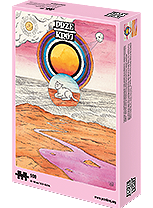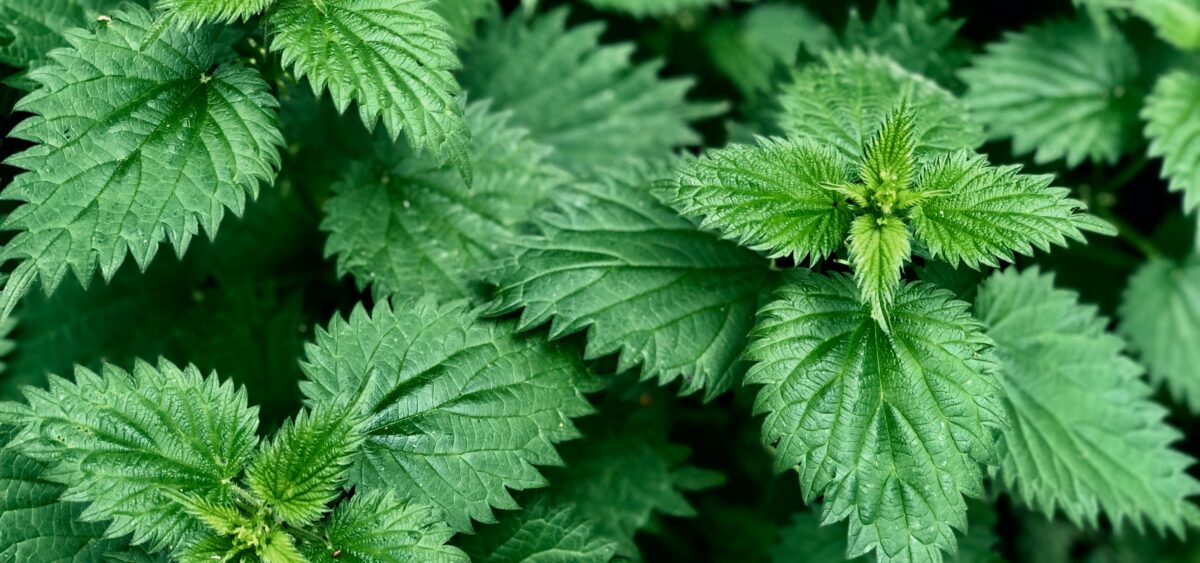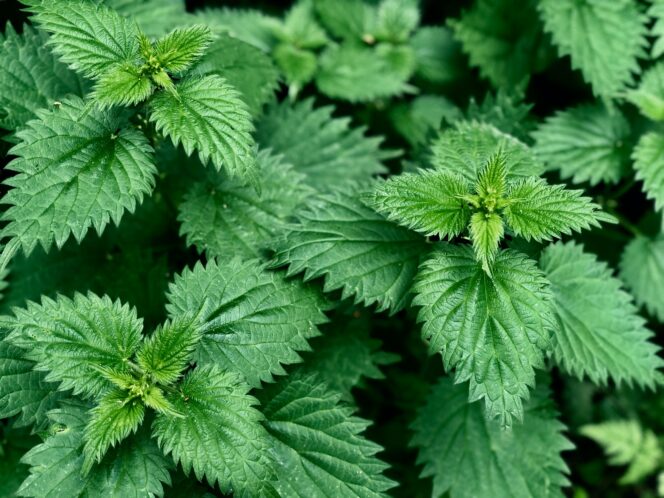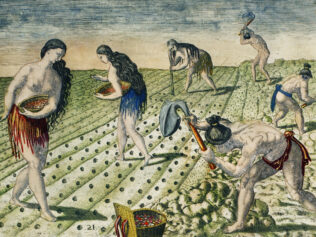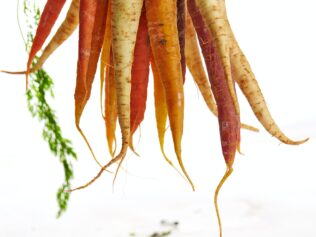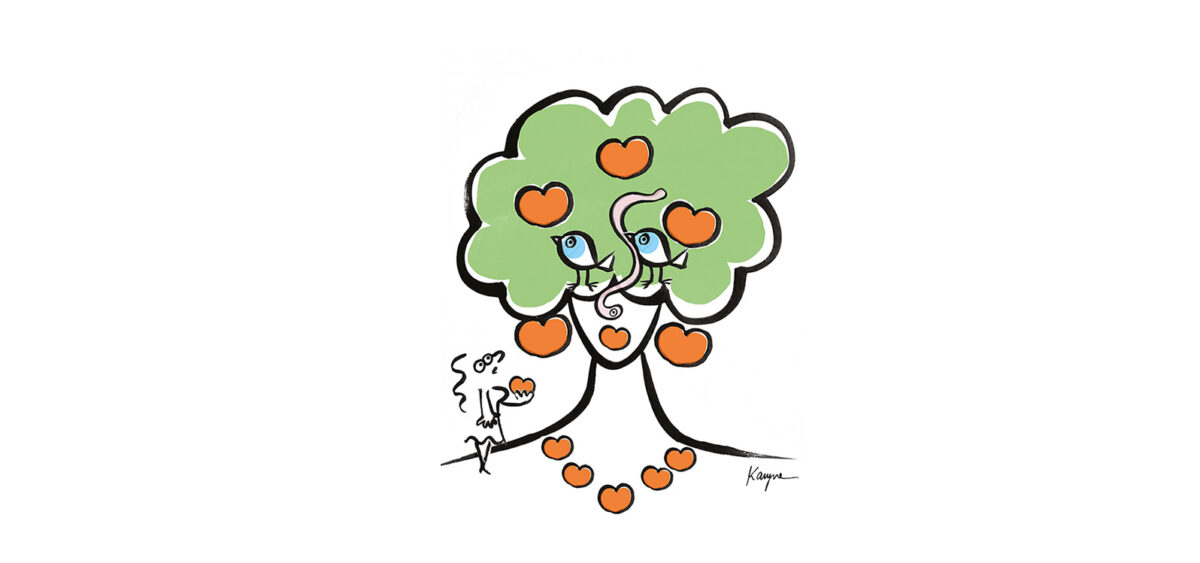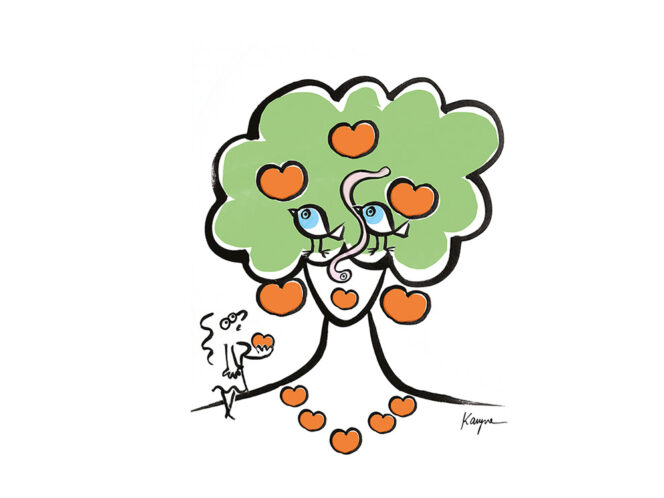
time 3 minutes
One of the most pleasant experiences in my academic career was conducting ethnobotanical fieldwork in Georgia, mainly because it is the most hospitable country in the world. My translator and I interviewed locals, and tables were immediately laid with various dishes, meat and appetizers wherever we went.
Georgians love wild cuisine and they know a lot about it. Many villages are cut off by heavy snowfall for weeks and months at a time, which is why people gather ample food supplies. In the spring, they harvest plenty of wild vegetables to prepare pkhali – chunks of boiled, ground leaves, usually mixed with nuts and spices, and decorated with pomegranate seeds. The research we carried out in the Imeretia region near the city of Kutaisi showed that locals collect over 50 species of wild vegetables, mainly for pkhali.
Most of the species used to make pkhali can be bought at the market in Kutaisi. These include nettle, goosefoot, dead-nettle, comfrey, creeping thistle, amaranth, violet, primrose, ornithogalum (commonly known as Star-of-Bethlehem), and even various types of buttercup that are poisonous if eaten raw. The secret to cooking these plants is to boil them thoroughly and pour out the water. This cooking method allows the locals to use some of the most toxic species. The most common plants, such as nettle and goosefoot, are sometimes used to prepare pkhali using only one kind of leaf, but it is the multi-species pkhali that is eaten most often.
Some plants are preserved for the winter. Dock leaves, for instance, are dried in wreaths that resemble braids; in the old days, people used to dry arum leaves as well (again – poisonous if eaten raw). Bladdernut flowers are pickled like cabbage. The same goes for wild garlic and Alpine leek, while in some regions of Georgia locals pickle both cow parsley stalks and various kinds of chervil.
In Yerevan, the capital city of nearby Armenia, those plants that can be pickled are sold in markets. Moreover, there is a popular dish called zhingyalov hats – a kind of pita bread stuffed with boiled wild plants, most often chickweed, cow parsley, shepherd’s purse, dock, nettle, salsify, mint and garlic.
In Caucasian cuisine – practiced by Georgians and Armenians, as well as the peoples that inhabit the North Caucasus – the close relationship to nature is extraordinary. It is worth noting that Caucasian flora resemble Polish flora, but the locals use it a lot more often than we do. They eat male fern, buttercup and comfrey, they even make pine cone jam and pickle the umbellifers that grow by the roadside. They live to the fullest extent using everything that surrounds them, and they feel more at home.
Nettle pkhali – a Georgian speciality for vegans
Ingredients:
500g nettle
5 garlic cloves
A large handful of walnuts (approx. 200g)
A bunch of dill
A bunch of coriander
A bunch of mint (Georgians use wild mint, Mentha pulegium, but spearmint will do, too)
Vinegar (spirit or wine)
Salt
Pepper
Boil the nettles for 15 minutes. Pour out the water. Grind the leaves in a meat grinder or in a blender; finely chop. The same should be done with the nuts. Season with chopped garlic, dill, coriander, mint, salt, pepper, and two spoonfuls of vinegar.
Form balls the size of ice-cream scoops. Decorate the top of each one with pomegranate seeds. Blackcurrant or other berries may be used in the summer. There are many different ways of serving pkhali in Georgia – sometimes, the ground leaves are formed into one big hemisphere that the guests eat together; the mix can also be served in different shapes (cubes, cones, cylinders, or triangular prisms).
Serve as a side dish for dinner (in Georgia, dinner usually includes meat and potatoes).
Translated from the Polish by Joanna Piechura

